Contents
Introduction about India’s Architectural Marvels
India, a land steeped in history and rich cultural heritage, boasts an array of architectural marvels that narrate tales of bygone eras. From ancient temples to majestic forts, each structure stands as a testament to India’s glorious past and architectural prowess. In this blog, we embark on a journey to explore the top 10 historical sites in India that not only showcase breathtaking architecture but also offer a glimpse into the country’s fascinating history.
Taj Mahal, Agra

No list of historical sites in India is complete without mentioning the iconic Taj Mahal. Built by Mughal Emperor Shah Jahan in memory of his beloved wife Mumtaz Mahal, this white marble mausoleum is a masterpiece of Mughal architecture. Its symmetrical layout, intricate carvings, and exquisite dome make it a UNESCO World Heritage Site and one of the New Seven Wonders of the World.

Qutub Minar, Delhi
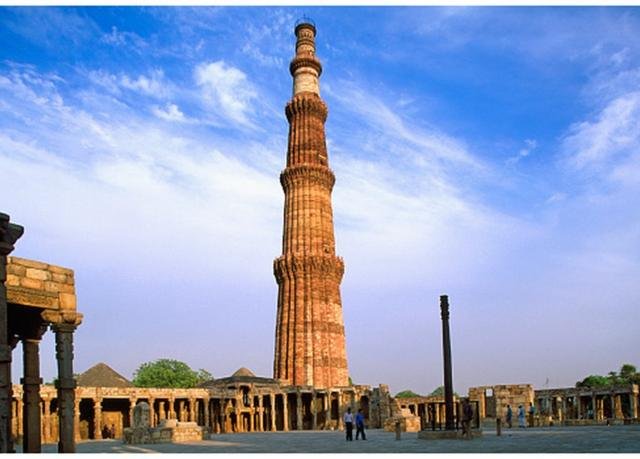
Standing tall amidst the bustling city of Delhi is the Qutub Minar, the tallest brick minaret in the world. Built in the 12th century by Qutb-ud-din Aibak, the first ruler of the Delhi Sultanate, this imposing structure is adorned with intricate calligraphy and geometric patterns. The Qutub Minar complex also houses the Iron Pillar of Delhi, known for its rust-resistant composition.

Khajuraho Group of Monuments, Madhya Pradesh
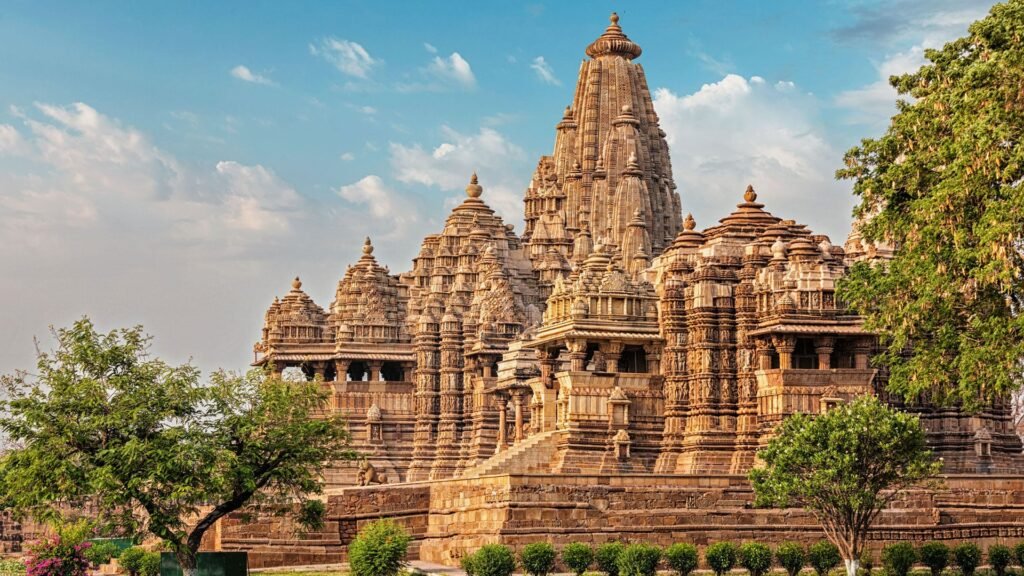
A UNESCO World Heritage Site, the Khajuraho Group of Monuments is renowned for its stunning depiction of erotica through intricate sculptures. Built between 950 and 1050 CE by the Chandela dynasty, these temples showcase exceptional architectural and sculptural work. The intricate carvings, depicting various aspects of life and spirituality, attract visitors from around the world.
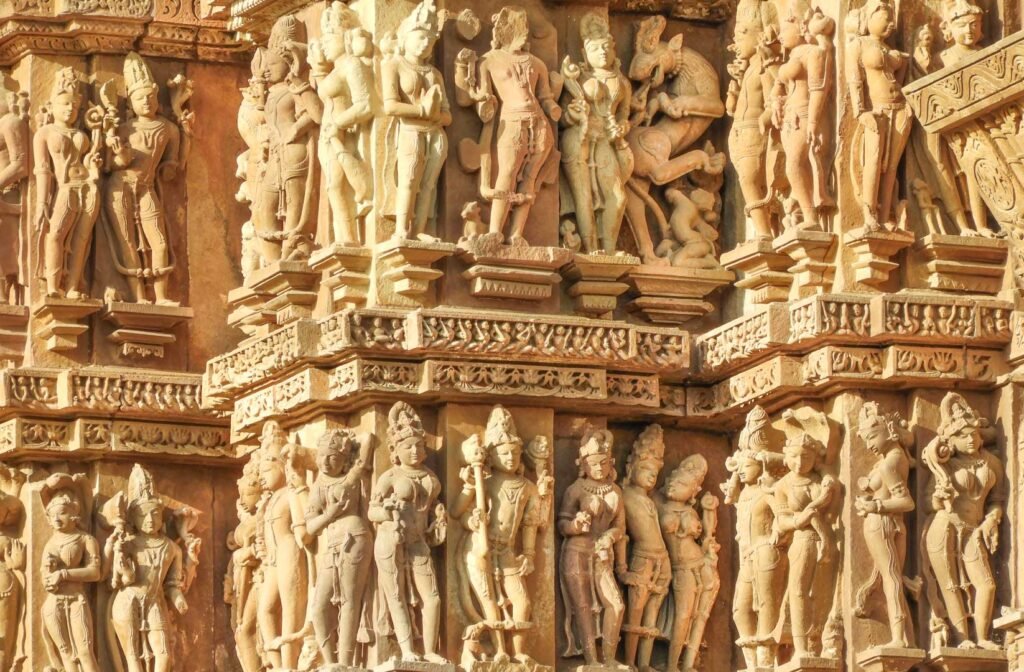
Hampi, Karnataka

Once the capital of the Vijayanagara Empire, Hampi is now a UNESCO World Heritage Site known for its splendid ruins and ancient temples. The vast landscape is dotted with remnants of a bygone era, including the iconic Virupaksha Temple, Vittala Temple complex, and the stone chariot at the Vitthala Temple. Hampi’s architectural splendor and historical significance make it a must-visit destination for history enthusiasts.

Ajanta and Ellora Caves, Maharashtra

Located near Aurangabad, the Ajanta and Ellora Caves are a testament to India’s rich cultural heritage and artistic excellence. The Ajanta Caves, dating back to the 2nd century BCE, are renowned for their exquisite Buddhist cave paintings and sculptures. In contrast, the Ellora Caves, spanning over a period of 600 years, feature Buddhist, Hindu, and Jain temples carved out of solid rock.

Fatehpur Sikri, Uttar Pradesh

Built by Emperor Akbar in the 16th century, Fatehpur Sikri served as the capital of the Mughal Empire for a short period. This fortified city boasts of magnificent palaces, mosques, and courtyards, all built in a unique blend of Mughal and Persian architectural styles. The architectural grandeur of Fatehpur Sikri, including the Buland Darwaza and Jama Masjid, reflects the opulence of the Mughal era.

Konark Sun Temple, Odisha

Dedicated to the Hindu sun god Surya, the Konark Sun Temple is a UNESCO World Heritage Site renowned for its architectural splendor and intricate carvings. Built in the 13th century by King Narasimhadeva I of the Eastern Ganga Dynasty, this temple is designed in the shape of a colossal chariot with intricately carved wheels, pillars, and sculptures depicting various mythological themes.

Mehrangarh Fort, Rajasthan
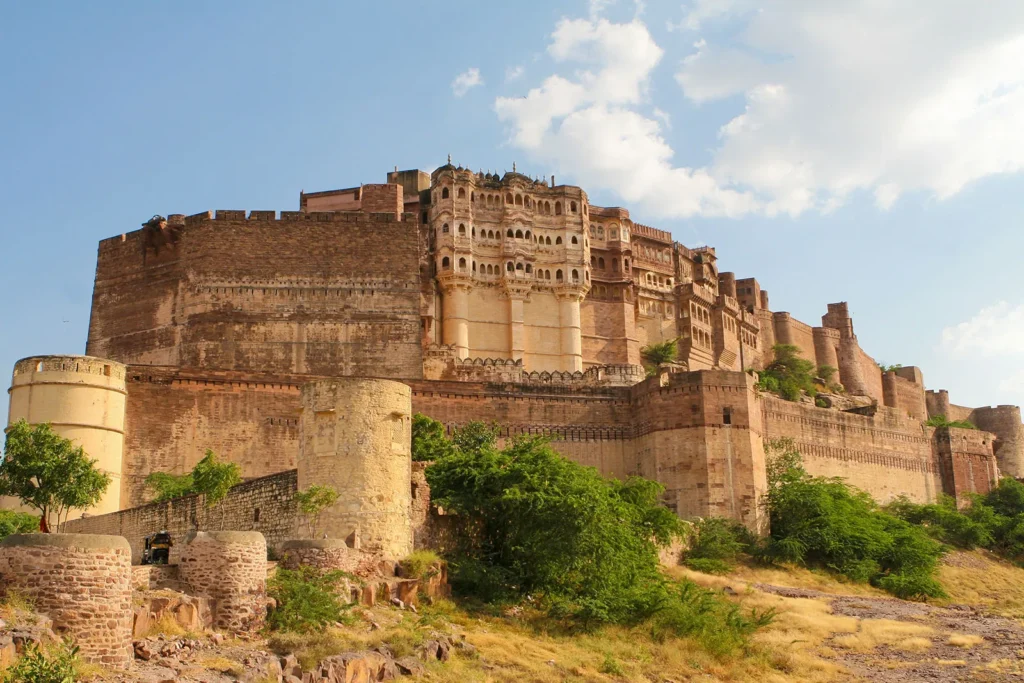
Perched atop a rocky hill in Jodhpur, Mehrangarh Fort is one of the largest forts in India and a symbol of Rajasthan’s rich cultural heritage. Built in the 15th century by Rao Jodha, the fort features intricately carved palaces, courtyards, and temples, showcasing Rajput architecture at its finest. The fort’s strategic location offers panoramic views of the Blue City and the surrounding desert landscape.

Brihadeshwara Temple, Tamil Nadu

Built by the Chola dynasty in the 11th century, the Brihadeeswarar Temple in Thanjavur is an architectural marvel and a UNESCO World Heritage Site. Dedicated to Lord Shiva, this temple is renowned for its towering vimana (tower) adorned with intricate carvings and sculptures. The temple complex also houses a massive Nandi statue, monolithic pillars, and a sacred tank.

Sanchi Stupa, Madhya Pradesh
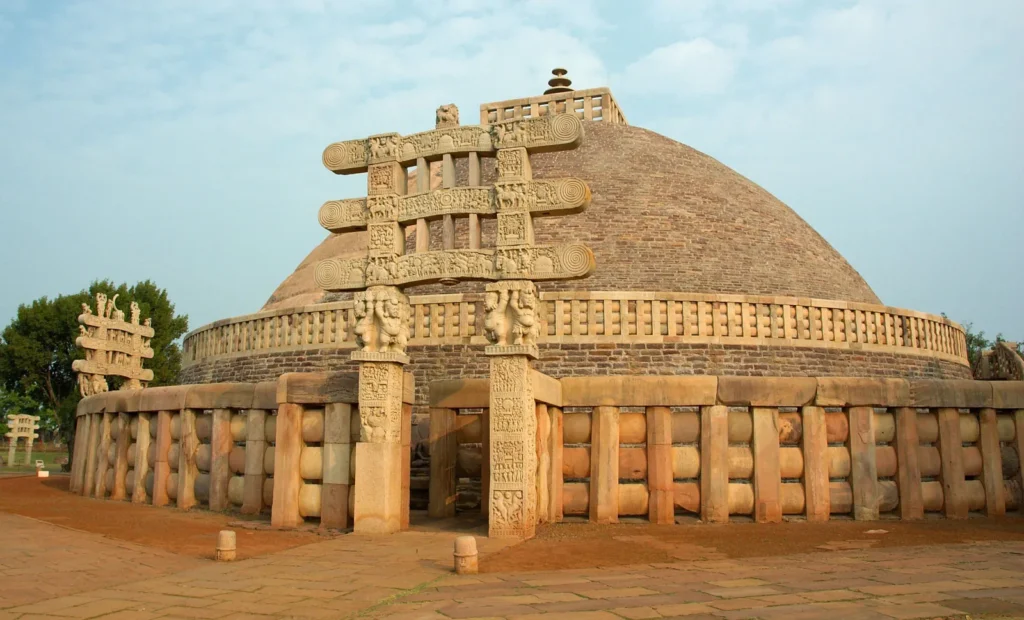
Dating back to the 3rd century BCE, the Great Stupa at Sanchi is one of the oldest stone structures in India and a UNESCO World Heritage Site. Built by the Mauryan Emperor Ashoka, this Buddhist monument features a hemispherical dome, carved gateways (toranas), and intricately carved railing depicting scenes from the life of Buddha. The Sanchi Stupa remains a significant pilgrimage site for Buddhists worldwide.

Conclusion:
India’s architectural heritage is as diverse as its cultural tapestry, with each historical site narrating a unique story of craftsmanship, spirituality, and human endeavor. From the majestic Taj Mahal to the serene Sanchi Stupa, these top 10 historical sites offer a glimpse into India’s rich past and architectural splendor. Whether you’re a history enthusiast, an architecture aficionado, or simply a curious traveler, exploring these marvels will undoubtedly leave you awe-inspired and enriched with a deeper understanding of India’s cultural legacy.
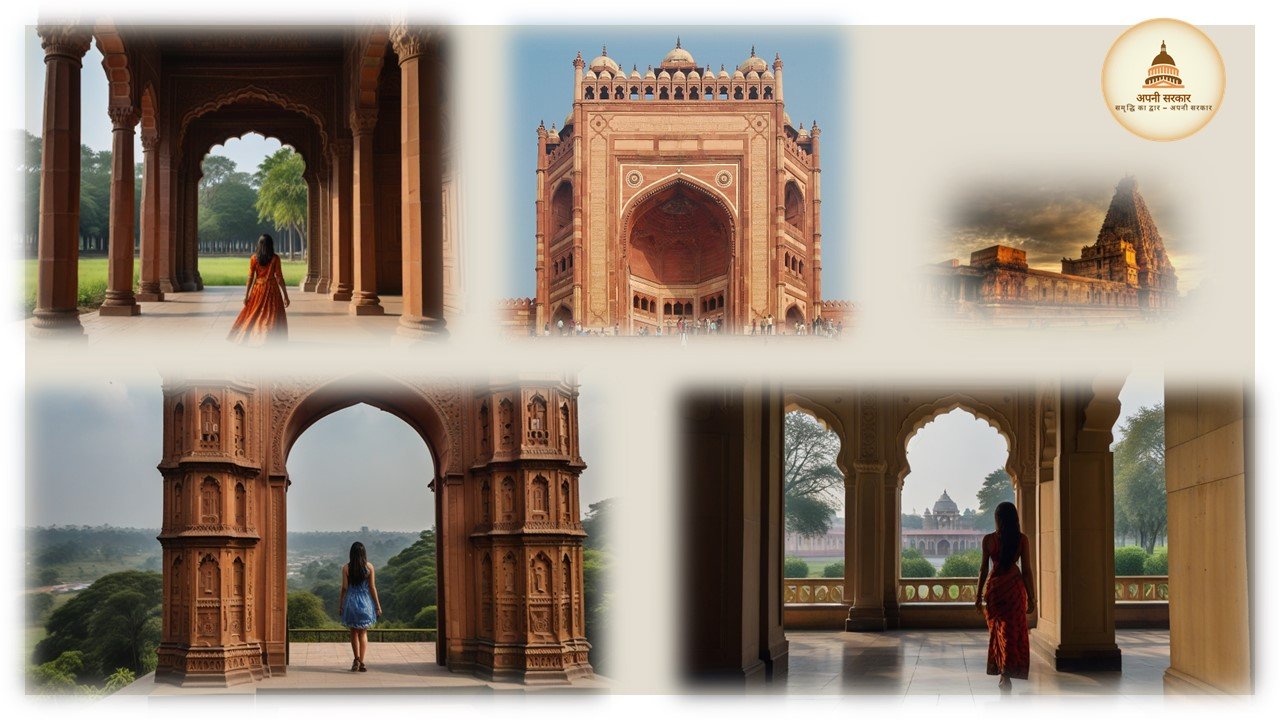
Pingback: Exploring India: 10 Enchanting Destinations That Will Steal Your Heart - अपनी सरकार
Pingback: Essential 11 Budget Travel Tools: Gear Up for Your Next Adventure - अपनी सरकार